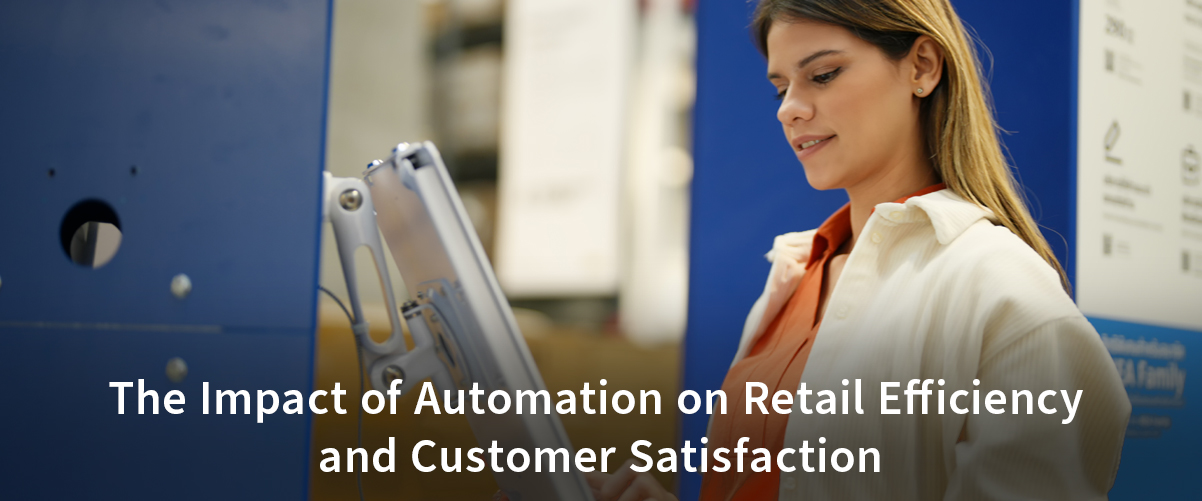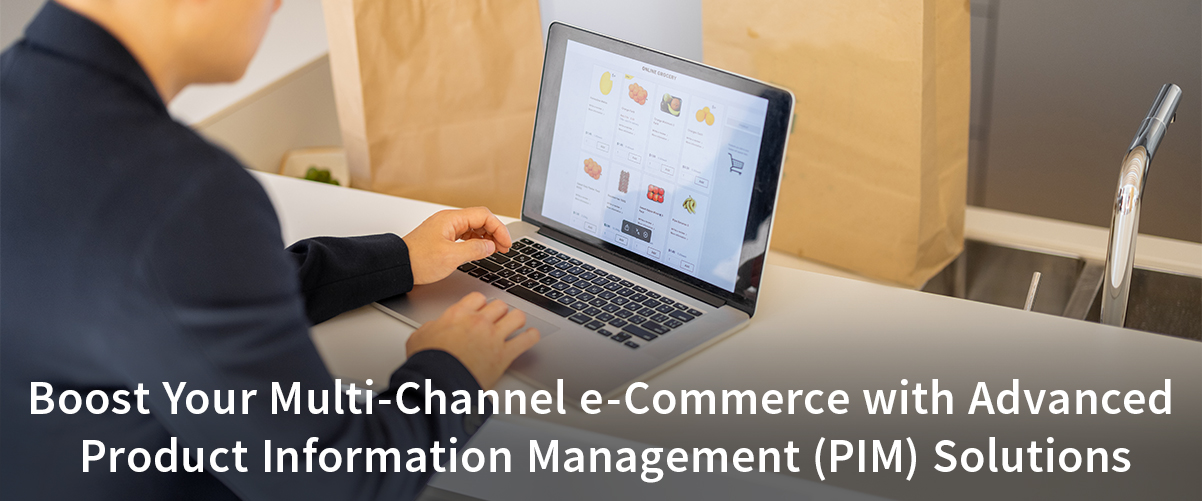
In today’s fast-changing retail environment, efficiency and customer satisfaction are no longer just dreams—they are essential success measures. Automation, with its ability to make operations more efficient and improve the shopping experience. Through the use of sophisticated technologies, retailers can make their processes more efficient, save costs, and provide a smooth, personalized experience to their customers. Leading this revolution is ETP Group, the premier unified commerce solutions company, with cutting-edge automation solutions through ETP Unify that enable e-Commerce companies and retailers businesses to thrive in this dynamic environment.
The Evolution of Retail Automation
Retail automation is not new. From barcode scanning to self-service checkout, retailers have been utilizing technology to simplify processes for years. But more recent developments have propelled automation to unprecedented levels, incorporating it into nearly every aspect of retailing. This revolution is fueled by a number of factors:
- Technological Advancements: The rise of artificial intelligence (AI), machine learning, and the Internet of Things (IoT) has paved the way for sophisticated automation solutions.
- Consumer Expectations: Modern consumers demand seamless, personalized, and speedy shopping experiences, pushing retailers to adopt automation.
- Competitive Pressure: In a highly competitive market, efficiency and customer experience are key differentiators.
Enhancing Retail Efficiency through Automation
Efficiency is the foundation of effective retail operations. Automation powerfully enhances this by:
- Streamlining Inventory Management: Automated inventory systems track stock levels in real-time, predict demand, and manage reorders. This reduces the risk of overstocking or stockouts, optimizing inventory levels and reducing carrying costs.
- Optimizing Supply Chain: Automation enhances supply chain visibility, enabling retailers to monitor shipments, manage logistics, and ensure timely deliveries. This reduces lead times and enhances overall supply chain efficiency.
- Improving Workforce Management: Automated scheduling and time-tracking systems help retailers manage staff more effectively, ensuring optimal staffing levels and reducing labor costs.
- Streamlining POS Systems: Automated Point of Sale (POS) systems expedite transactions, reduce errors, and improve the overall checkout experience. These systems also provide valuable data insights into customer behavior and sales trends.
Elevating Customer Satisfaction through Automation
Customer satisfaction is paramount in retail, and automation plays a pivotal role in enhancing it:
- Personalized Shopping Experience: Automated AI allows retailers to provide customized recommendations based on customer history and preferences. This makes the shopping experience more engaging and relevant.
- Improved Service: Automated solutions, including self-service checkouts and mobile payment technology, speed up the checkout process, cutting waiting times and making customers’ lives easier.
- Effective Customer Support: AI-driven customer support tools and chatbots give instant answers to customers’ questions, providing timely and effective support.
- Consistency Across Channels: Automation provides consistency in the shopping experience across all channels, be it in-store, online, or through mobile apps. Omnichannel consistency translates into higher customer loyalty and satisfaction.
Introducing ETP Unify: A Game-Changer in Retail Automation
We at ETP Group recognize the revolutionary potential of retail automation. With our lead offering, ETP Unify, we assist retailers in unlocking that potential to the maximum. ETP Unify provides a full range of automation solutions that promote efficiency and drive customer satisfaction:
- Unified Commerce Platform: ETP Unify consolidates multiple retail operations such as inventory, supply chain, POS, and customer relationship management (CRM) into one integrated platform. This consolidation improves operational effectiveness and delivers a comprehensive view of the business.
- Real-time Data Insights: ETP Unify uses AI and machine learning to deliver real-time data insights. Retailers can make decisions based on accurate, current information to improve their operations and enhance customer experiences.
- Seamless Integration: ETP Unify integrates seamlessly with the current systems so that business operations are not affected to any significant extent. The adaptability makes it easy for retailers to grow and expand according to the shifting customer demands.
- Enhanced Customer Engagement: With ETP Unify, retailers can provide customized experiences, effective customer service, and uniform service on all channels. This degree of engagement creates customer loyalty and satisfaction.
Automation is transforming the retail sector, enhancing efficiency and customer satisfaction. While retailers work to master this fast-changing environment, they need to adopt automation tools such as ETP Unify to remain competitive and cater to the changing needs of today’s consumers. Automation allows retailers to simplify operations, maximize supply chains, and optimize customer experiences while helping them thrive in a digitally changing world.
At ETP Group, we are dedicated to driving this change and assisting retailers in unlocking the full potential of automation for a prosperous and sustainable future.










